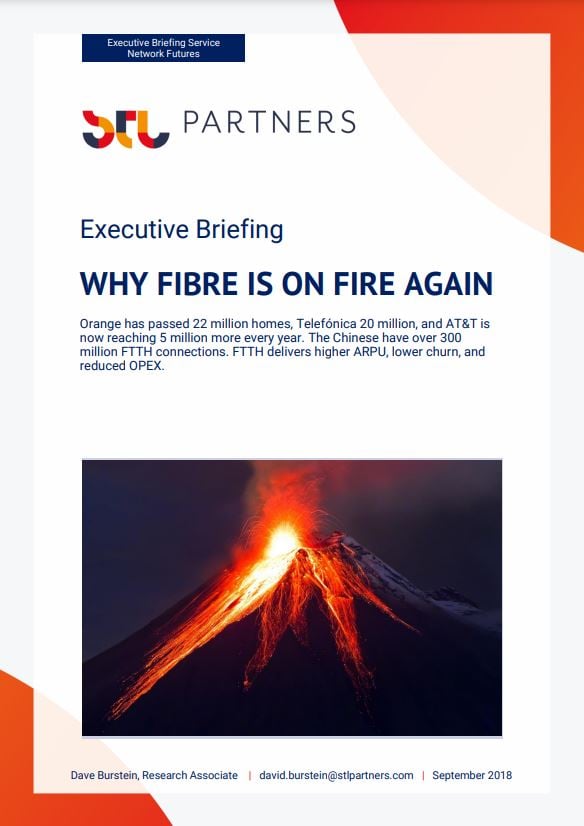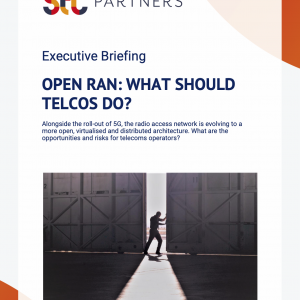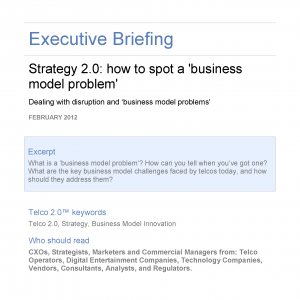Why fibre is on fire again
£1,000.00 excl VAT
Recently, Orange passed 22 million homes, Telefónica 20 million, and AT&T is now reaching five million more every year. The Chinese have over 300 million FTTH connections. What does FTTH do for ARPU, churn, OPEX and 5G that makes it so compelling?
Description
Format: PDF filePages: 23 pagesCharts: 04Author: Dave BursteinPublication Date: September 2018
Table of Contents
- Executive Summary
- Introduction
- Fibre to the home is growing at a near-explosive rate
- Why the change?
- Strategies of leading companies
- Frontrunners
- Moving toward rapid growth
- Relative newcomer
- The newly converted
- Alternate carriers
- Naysayers
- S. regionals: CenturyLink, Frontier and Windstream
- The Asian pioneers
- Two technologies to consider
- Ten-gigabit equipment
- fast
- The hard question: How many will decide to go wireless only?
Table of Figures
- Figure 1: Paris area fibre coverage – Orange has covered most of the capital
- Figure 2: European fibre growth
- Figure 3: Top five European incumbents, stock price July 2016 – July 2018
- Figure 4: DT CEO Tim Höttges and Bavarian Prime Minister Dr. Markus Söder announce a deal to fibre nearly all of Bavaria, part financed by the government
Technologies and industry terms referenced include: 5G, ARPU, AT&T, Bell Canada, broadband, BT, Churn, Content Provider, Deutsche Telekom, fibre, FTTH, G.fast, gigabit, Iliad, nbn, opex, Orange, Telefonica, Verizon


